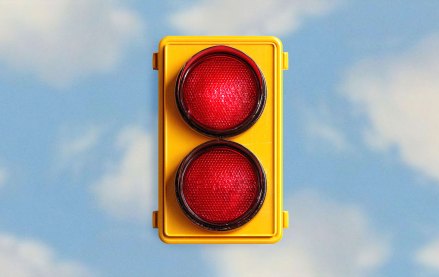Hear from execs at The New York Times, Thomson Reuters, Trusted Media Brands and many others

This post was written by Ted Murphy, IZEA CEO & Founder
There has been an incredible amount of buzz around “native advertising” as of late. Companies touting their native advertising offerings as something innovative and disruptive dominated this year’s NewFronts. The reality is that mainstream publishers are just now starting to join a revolution that began some eight years ago.
And as is common in the marketing industry, memories are often conveniently short. Before Forbes was being praised for its adoption of sponsored blog posts in 2013, it blasted the concept in 2006. IZEA, then PayPerPost, was among the companies that drew fire.
Forbes was not alone. Publications including the New York Times, WIRED and AdWeek all attacked the sponsored content movement when it was in its infancy. Those same companies, along with a slew of others in the media space including the Associated Press, BuzzFeed and Gawker, now offer sponsored posts to advertisers.
Adoption of the various forms of native advertising has been very slow. An eight-year-old practice is hardly “revolutionary,” but the media landscape is evolutionary. Brands are flocking to native as engagement on display plunges by the day. Publishers are struggling to monetize as real-time bidding (RTB) and Ad Exchanges signal a perpetual race-to-the-bottom for banner ads.
In the big picture, native advertising is still in its infancy. The previous eight years were all about evangelism, education and acceptance among brands, influencers and mainstream media. Companies like IZEA lead the effort, pushing adoption, legislation and standards. The future is about creating scale, efficiency and value across the entire ecosystem.
Here are three shifts smart brands should pay close attention to:
1. Display is on Life-Support
In IZEA’s 2013 State of Sponsored Social Survey, 30 percent of marketers said that online display advertising is “dead or dying.” At the same time, 55.7 percent of online influencers reported that they make more money from sponsorships than they did from display ads.
2. Influencers as a Media vehicle
The proliferation of free publishing platforms such as Twitter, Tumblr and WordPress has disrupted mainstream media. Suddenly, a single blog post or tweet can reach more people than a television broadcast. While not a replacement for organic social media, brands can use sponsored content to spark conversations and gain awareness. Seeding influencers with cash and products gets the ball rolling, allowing brands to engage their audience and leverage the conversational feedback.
3. Quality & Quantity
To buy “eyeballs and fingers” in the aging world of display, you strike deals with publishers who provide the highest amount of traffic. Because native advertising can be influencer-powered, the concept of influence and audience size are not mutually exclusive. As a result, it’s imperative that brands and their agencies look at the medium in a different way: by leveraging scale across a wide range of influencer types and social channels.
What’s Next for Native?
In 2009, the FTC published its first guidelines for endorsements in social media. Those were updated last year to further clarify best practices. Unfortunately, compliance and understanding of these guidelines is one of the areas our industry struggles with the most. This can lead to sponsored content that isn’t properly disclosed, potentially misleading readers.
EMarketer reports that native ad spending in 2012 reached $1.63 billion and that this number will increase to $2.85 billion by 2014. The only thing currently holding back the space is scale and efficiency. There is a tremendous amount of opportunity on the table, and those brands that jump in early will have the opportunity to leverage their experience as the space matures.
More from Digiday

How brands like Staples, JanSport, Nuuly are targeting crucial Gen Z cohort in back-to-school period
With consumer spending confidence doubtful the pressure on marketers to make the most out of the back-to-schools season is even higher than usual.

Google AI Overviews linked to 25% drop in publisher referral traffic, new data shows
Organic search referral traffic from Google is declining broadly, with the majority of DCN member sites – spanning both news and entertainment – experiencing traffic losses from Google search between 1% and 25%.

Warby Parker joins brands that have killed home try-on in favor of virtual tests
This story was originally published on sister site, Modern Retail. The end may be near for at-home try-on programs. Warby Parker, the eyewear brand that helped pioneer online glasses sales in the 2010s, said last Thursday on its quarterly earnings call that it would end its home try-on program by the end of the year. […]





